Stark reality: future threatened by debt and ageing
One criticism made of governments and civil servants in the past is that they did not plan sufficiently for the future.
The State-appointed Commission on Taxation recommended in 2021 that officials carry out a long-term analysis of what the decades ahead might hold.
That deep dive into the next 40 years was published yesterday.
The senior civil servants who wrote it described their findings as “stark”.
Minister for Finance Paschal Donohoe lavished praise on the authors but also said some of the scenarios in the report were “really alarming”.
The research looks at the changing demographics and what their impact will be on the economy and society.
It says Ireland will face a surge in its older population and falling tax revenues by 2065.
It says the national debt will rise dramatically and will be one and a half times the size of Ireland’s national income, or €117,000 per person.
It also warns of an increasing deficit, or the difference between revenue and spending, will widen enormously until it reaches 8% of national income.
The deficit and debt figures are in danger territory approaching the level where investors in bond markets would be reluctant to continue lending money to Ireland to keep the country going.
The report is written on the basis that there would be no changes in policies to avert fiscal disaster.
The idea is that it would prompt politicians to take action in future years.
The document says at present there are 116 people in the labour force in Ireland for every 100 not working.
By 2065 there will be 98 workers for every 100 not working.
“Ireland’s ageing population is projected to result in a stagnating labour force, suppressing economic growth, increasing the dependency ratio and straining the public finances,” it says.
The report says that “continued inward migration will be vital to maintain growth in the labour force”.
The ballooning national debt will also result in a larger interest bill for the State. That is spending which delivers little benefit to citizens.
Climate costs are going to accelerate too as Ireland faces more extreme weather events and has to invest in decarbonisation.
It says the housing crisis is likely to persist until the 2040s until the increase in building catches up with demand.
But that projection is based on the current Government meeting its commitment of construction of 300,000 homes by 2030.
That is a target which many opposition politicians say will be missed.
Mr Donohoe was asked yesterday what the Coalition was doing to address the concerns raised in the report.
He responded that the Government was running surpluses, putting money into two long-term savings funds and investing in infrastructure.
He added auto-enrolment of pensions will commence in January which will mean more retirement benefits for additional workers.
The Department of Finance has done the State some service by telling the unvarnished truth.
The reality is that future governments will have to raise more taxes to pay for the surge in outgoings.
And that is not a politically popular message.
Article Source – Stark reality: future threatened by debt and ageing
